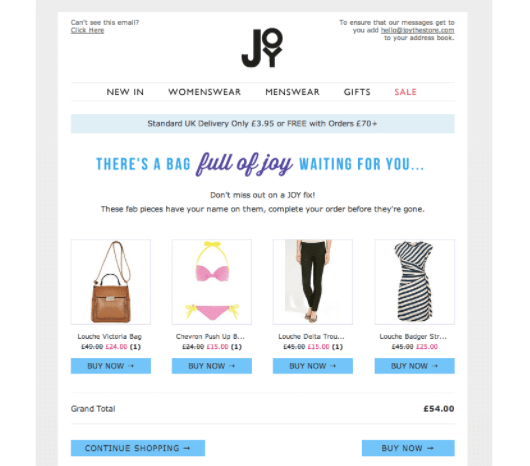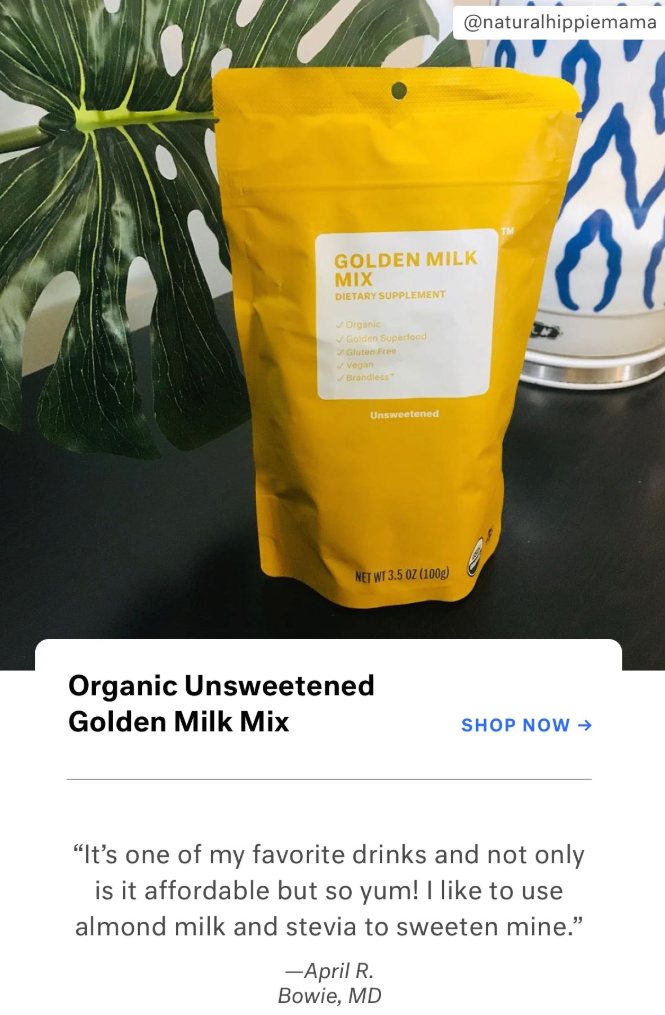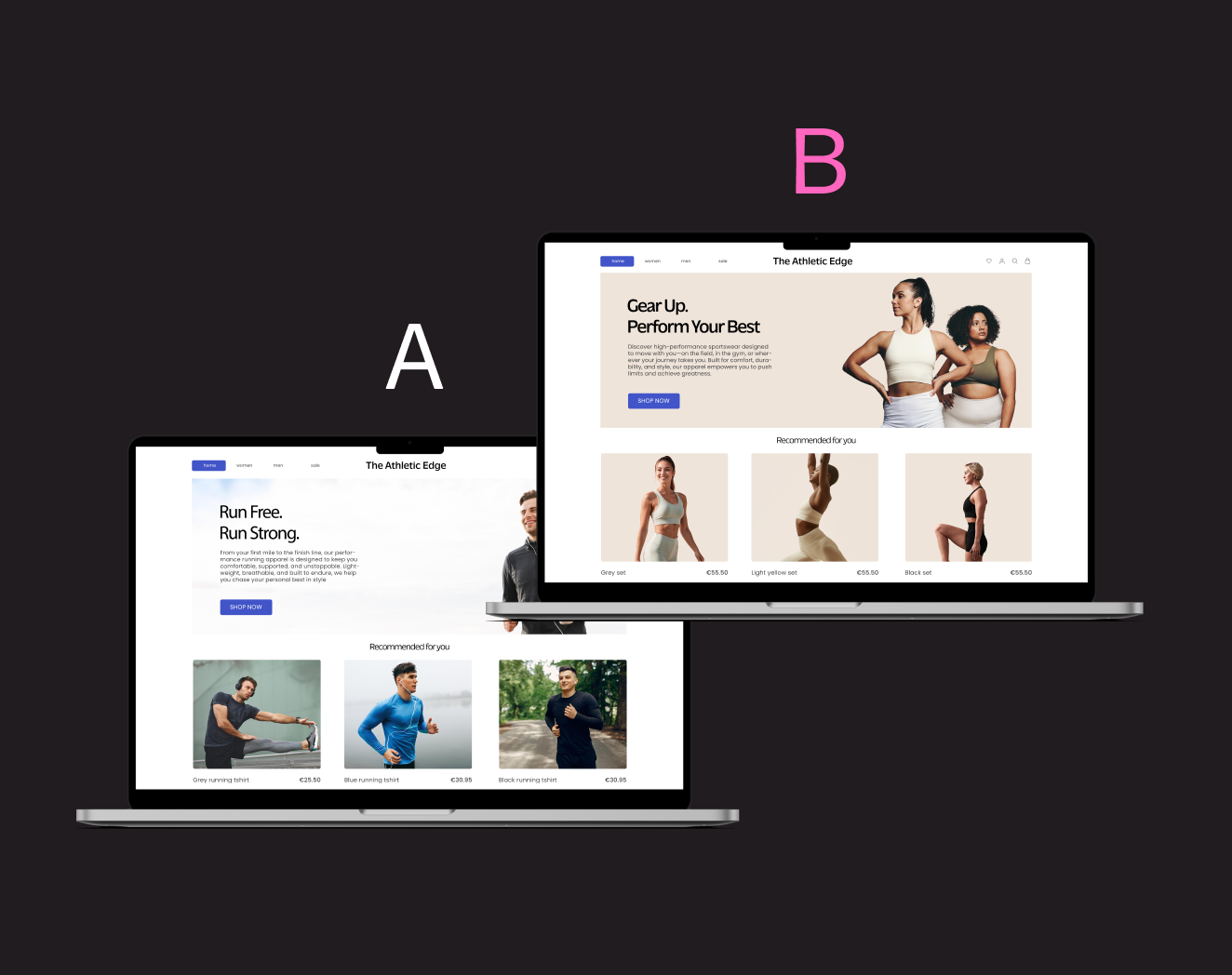Supercharge Your Shopify Product Recommendation Emails
In this article, we discuss how to make the most out of your Shopify product recommendation emails to turn a lackluster experience into one that increases your engagement and conversion.
Shopify Product Recommendation Emails, Explained
Starting October 2020, Shopify retailers can send up to 2,500 per month for free. After that, it’s only $1 for every 1,000.
While some simply see 2,500 emails, we see 2,500 opportunities to increase your conversion, engage customers with the right content and keep them coming back to you long after they’ve made a purchase.
As the only Commerce Experience Platform for Shopify Plus, we’ve worked with a number of Shopify brands to turn a regular shopping interactions into a more dynamic experience – and email is no exception.
It’s no secret that spam emails are a pain. By tailoring your email marketing with data-driven email content that reflect the interests of your customers, you’re providing them with something more valuable that won’t get lost in a sea of other basic emails. Whether it’s a first-time visitor still on the fence about a purchase, an idle customer who hasn’t purchased in a while or a loyal shopper who’s eager to discover what’s new in your store, customer data can power your Shopify product recommendation emails to extend the shopping experience beyond your website.
What are the Benefits?
For starters, generic emails (meaning those that don’t contain any product information specific to the recipient’s previous purchases or browsing history) are more likely to be seen as spam. By sending personalized emails, you’re likely to see an average 20% increase in conversion.
Another key benefit of launching product recommendation emails on Shopify is increasing customer re-engagement. It’s approximately 50% easier to sell to current customers than new ones, which makes re-targeting an effective way to start up a conversation with shoppers who may have been idle for some time and entice them towards making a second (or third, of fourth) purchase.
Best Practices for Product Recommendations in Shopify Emails
Here are a few different strategies that transform an everyday email into a steady source of engagement and conversion:
1. Abandoned Cart Emails
For many retailers, an abandoned cart is an unwanted dead-end in the customer journey – but there are ways to turn them into sales.
The good news: shoppers who have abandoned their shopping cards have at least shown some form of purchase intent. Whether they’re still on the fence about making a purchase or even forget that they’ve left items in their shopping cart (hey, it happens), abandoned cart emails solve for both scenarios. They remind shoppers of items they placed in their cart but have yet to purchase.
Deploy an automatic abandoned cart email after a shopper has left their items behind and nudge them with a friendly reminder:

Continue reading: Learn how to craft the perfect abandoned cart email.
2. Shopify Order Confirmation Emails
Fun fact: before completing a purchase, customers tend to visit a site 3-5 times, clicking on several product pages, even possibly placing items in their basket that they didn’t end up buying.
Shopify invoice emails are prime real estate to include personalized recommendations that keep the journey going even after the customer has made a purchase and remind your customers of all the things they love about your brand.
From a KPI perspective, order confirmation emails are a way to increase cross-selling by engage shoppers with complementary products they’ll likely enjoy: from a travel bag to go with their new camera or a handbag that pairs well with the style/color of an outfit.
Want some inspiration for your personalization strategies? Check out these product recommendation examples.
3. Use Social Proof
We all, at one point, make decisions based on influence from our peers. This is especially true in the context of ecommerce: when we’re browsing products we’re not familiar with or can’t decide if we actually like, seeing them used by a fellow consumer helps us get a glimpse of the product ‘in the wild’.
This is known as the concept of social proof, and it’s a common tactic in the psychology of ecommerce to increase the level of FOMO (aka ‘fear of missing out) and persuade shoppers to make a purchase When recommending products in your emails, be sure to:
- Include product ratings and reviews alongside recommendations
- Use labels, such as ‘Best Sellers’ or ‘Popular Now’ alongside products to improve the sense of desirability
- Incorporate photos of other shoppers using the product (Instagram photos are an easy source of social proof for your brand)

Keep reading: Uncover 4 popular FOMO marketing tactics that illustrate the psychology of ecommerce.
4. “Thank You” Emails
If there’s one thing that universally impresses customers, it’s businesses that go the extra mile in customer service.
Businesses that send an email a few days after delivery, both thanking them for their purchase and asking about their shopping experience, are more likely to have happy, longtime customers.
But a ‘thank you’ email doesn’t have to be just that.
Incorporate product recommendations similar to those in your invoice emails to keep the conversation going. You already know what these shoppers like, so put your behavioral data to work and offer products you know they’ll love: from new product launches from their favorite brand to items simliar in style to a past purchase.
Want more Shopify Product Recommendation Email Inspiration?
Excited about your opportunities to supercharge your Shopify emails? This is only the beginning, and there are plenty of other ways to spruce up your email marketing strategy to turn every email into a source of traffic and conversion.
Ready to launch a more optimized email strategy? Get more inspiration by browsing our examples of effective product recommendation emails.




